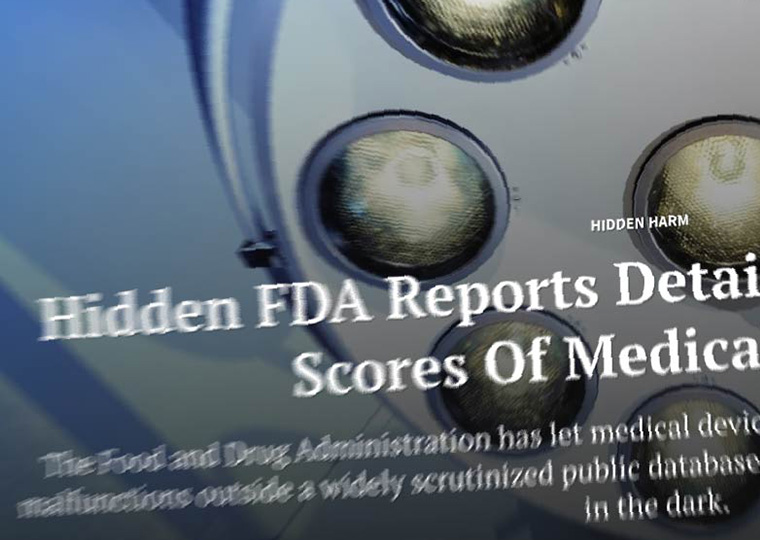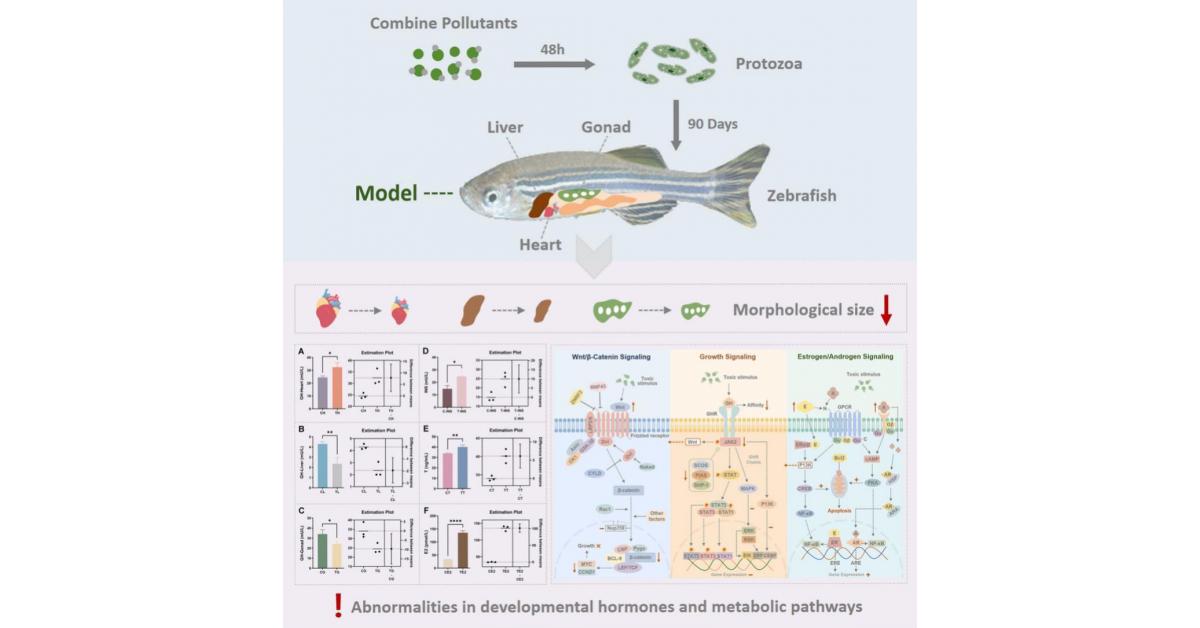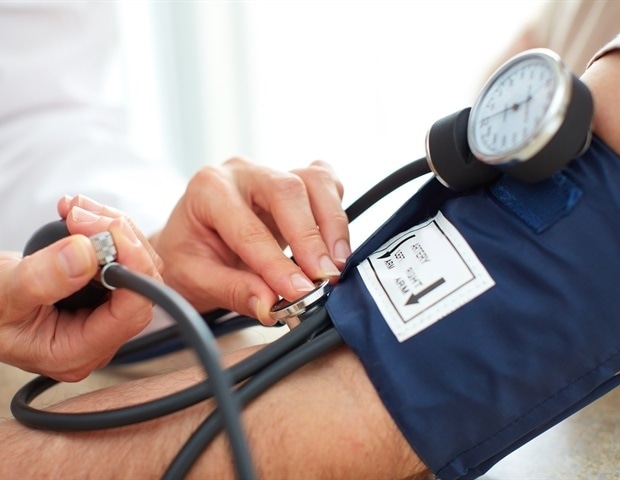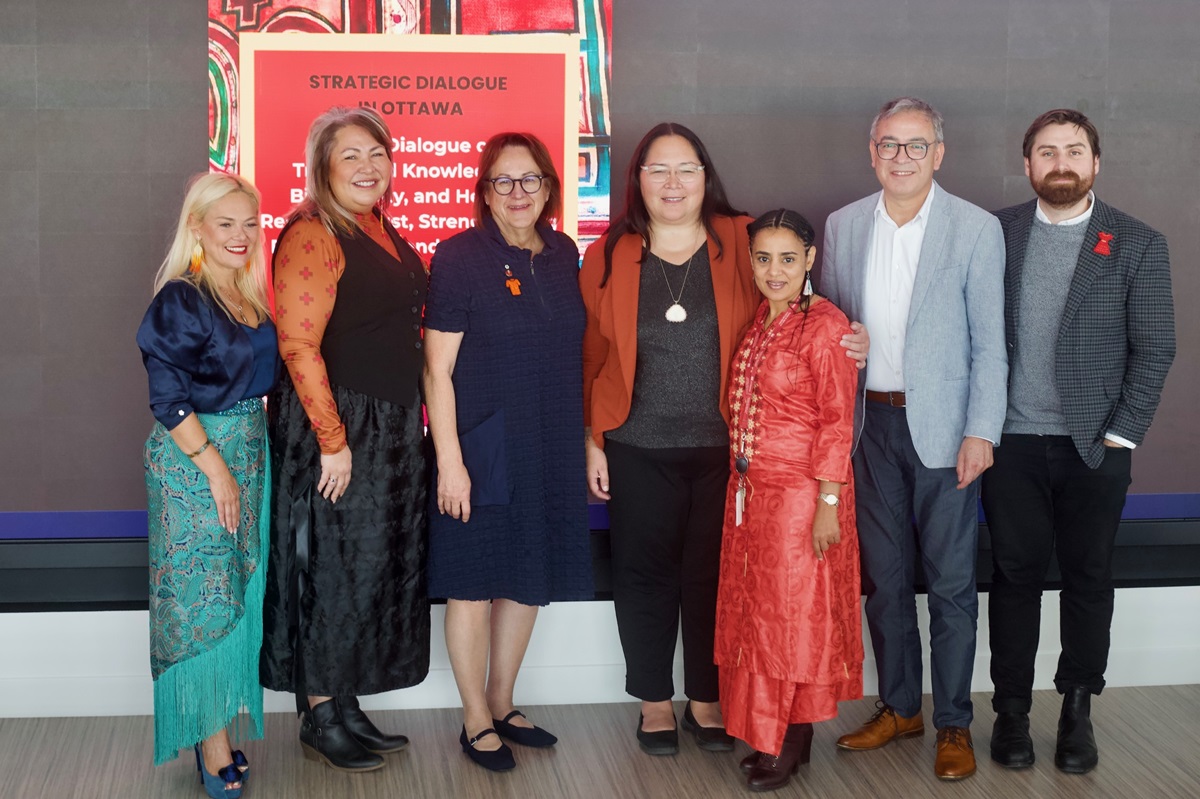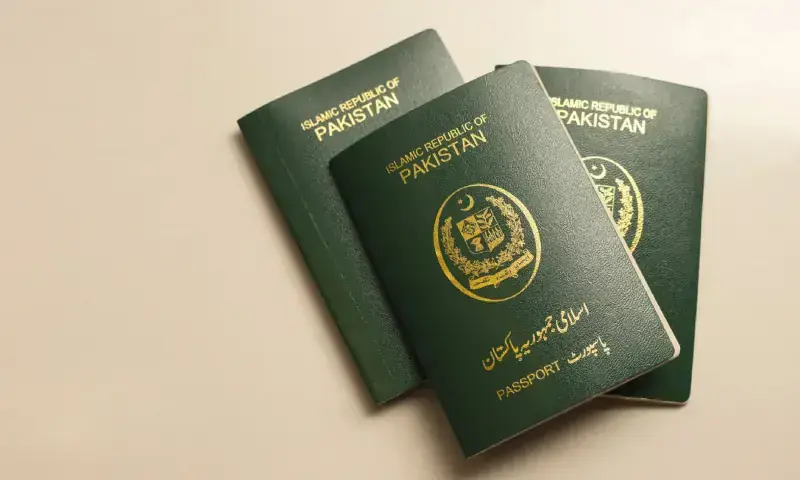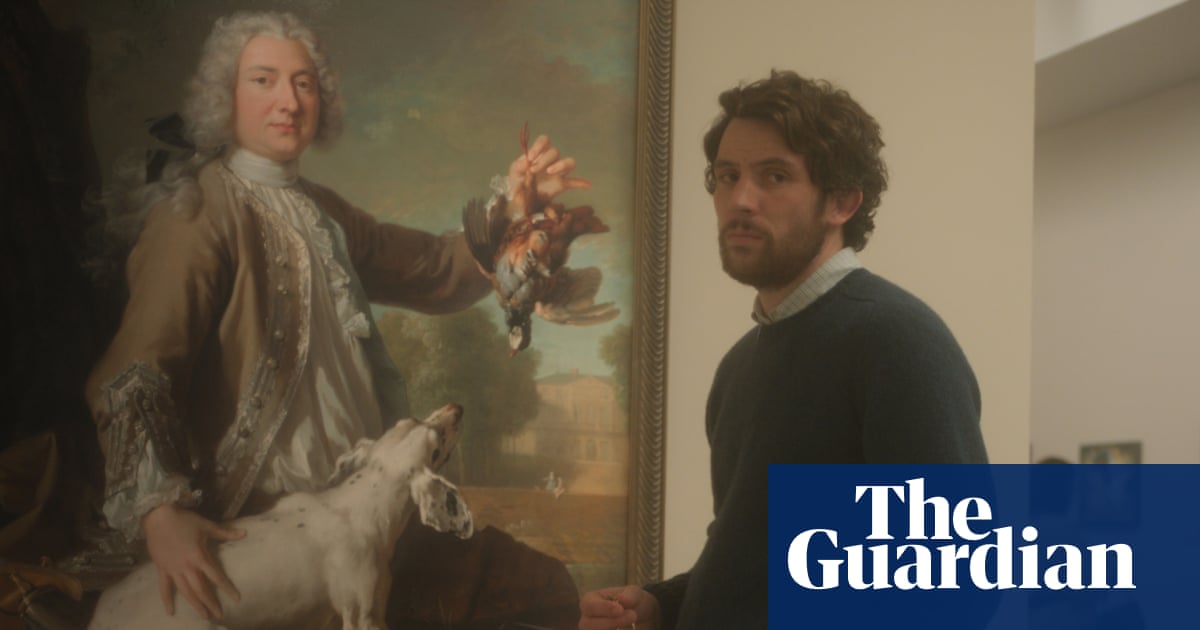New product filings to FDA included stronger safety features and larger technological advances
In 2019, a KFF Health News investigation reported that the Food and Drug Administration had for some 20 years allowed medical device makers to report adverse events — from minor to fatal — on certain products to a database that wasn’t public and that few people even knew existed.
This secret system, known as Alternative Summary Reporting, or ASR, grew to 6 million reports of adverse events alongside continuing operation of the FDA’s public database for such bad news, Manufacturer and User Facility Device Experience, known as MAUDE.
Once KFF Health News revealed its existence, the FDA terminated the secret filing system and made public the entire ASR database, filling in what had been very patchy disclosure of some medical device problems. Filings to ASR had represented about two-thirds of all reported malfunctions and injuries involving approved medical devices between 1997 and 2019.
In a working paper, University of Utah’s Colleen Cunningham and UCLA Anderson’s Jennifer Kao assess how this sudden and massive increase in transparency affected innovation in the medical device industry. Cunningham and Kao study two mechanisms at work as the industry came to grips with actual disclosure:
- Manufacturers could no longer “withhold their own negative product quality information,” the authors note, recapping prior research on the episode. “Knowledge of the program was quite limited before it was terminated in 2019. The ASR database was created without any public notice or regulations
.According to former industry insiders, ASR using firms were very “tight-lipped” about it. Sales representatives could credibly ignore ASR (adverse events) to make devices seem safer.Many safety experts, physicians and former FDA officials, including former FDA deputy commissioner Dr. Robert Califf, were unaware of ASR’s existence.” Companies now knew that they’d have to publicly report problems with devices and deal with any fallout.
- Manufacturers learned about the problems their competitors had encountered. This allowed far more advanced risk assessment of particular technologies and of entire product categories. And it holds the potential to make research and development more efficient.
The transparency altered the quantity and quality of innovation efforts. After the release, the number of applications for new devices fell about 19% in product markets that had at least one incident reported through ASR, Cunningham and Kao report. This occurred across about 100 product categories, including pacemaker electrodes, various catheters, surgical staplers and popular types of breast prostheses.
The quality and safety of new medical devices, meanwhile, got better. Device applications that were submitted in the years following the release typically included stronger safety features and larger technological advancements, the authors show.
The numerical decline is mainly due to manufacturers pivoting away from newly scrutinized product categories, according to Cunningham and Kao’s analysis. The decisions appear driven by the revelations that competitors were having issues with specific products, rather than embarrassment or liability fears surrounding negative exposure around their own devices, the study suggests. With an understanding of more than just their own device problems, firms appeared to reassess potential market risks of the problematic devices, and redeployed research and development funds to other products.
At the same time, product introductions appeared to be different after the data release. New players may have been surprised by all of the adverse events that came to light with the FDA’s disclosure. As incumbents withdrew, these newcomers faced less competition and could use the new data to inform their product development decisions. After some years, these new entrants introduced safer, higher quality devices to fill the void.
The data dump also appeared to affect development of products that were technologically similar to, but not a part of, the disclosure, the study finds. (These products have “predicate relationships,” in FDA terms. They may, for example, use similar components.) Cunningham and Kao found reduced research and development funding in this category after the data release.
